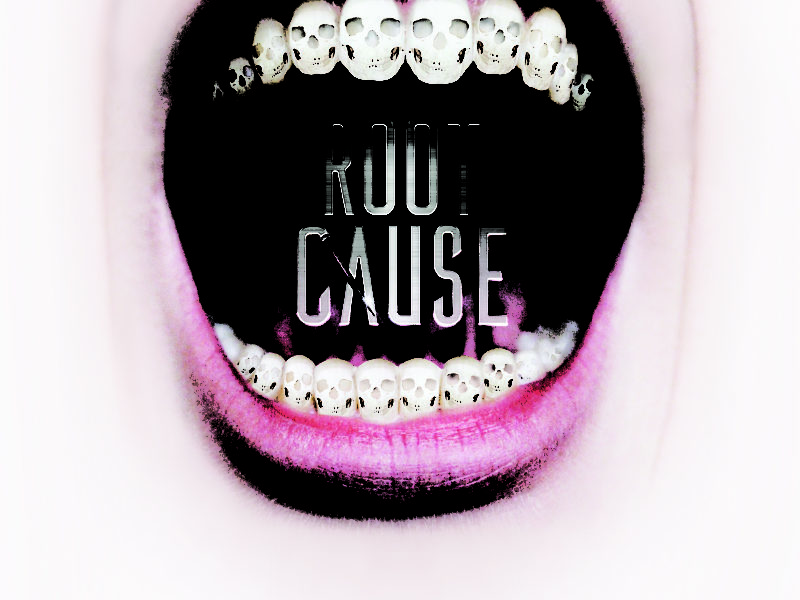The U.S. Food and Drug Administration today issued a final
regulation classifying dental amalgam and its component parts –
elemental mercury and a powder alloy—used in dental fillings. While
elemental mercury has been associated with adverse health effects at
high exposures, the levels released by dental amalgam fillings are not
high enough to cause harm in patients.
The regulation classifies dental amalgam into Class II (moderate
risk). By classifying a device into Class II, the FDA can impose
special controls (in addition to general controls such as good
manufacturing practices that apply to all medical devices regardless of
risk) to provide reasonable assurance of the safety and effectiveness
of the device.
The special controls that the FDA is imposing on dental amalgam are
contained in a guidance document that contains, among other things,
recommendations on performance testing, device composition, and
labeling statements.
Specifically, the FDA recommended that the product labeling include:
- A warning against the use of dental amalgam in patients with mercury allergy;
- A warning that dental professionals use adequate ventilation when handling dental amalgam;
- A statement discussing the scientific evidence on the benefits and
risk of dental amalgam, including the risks of inhaled mercury vapor.
The statement will help dentists and patients make informed decisions
about the use of dental amalgam.
Dental amalgam is a “pre-amendment device,†which means that it was
in use prior to May 28, 1976, when the FDA was given broad authority to
regulate medical devices. That law required the FDA to issue
regulations classifying pre-amendment devices according to their risk
into class I, II, or III. Although the FDA previously had classified
the two separate parts of amalgam – elemental mercury and the metal
powder alloy – it had not issued a separate regulation classifying the
combination of the two, dental amalgam. During this time, however,
dental amalgam has been subject to all applicable provisions of the law.
Today’s regulation also reclassifies the mercury component of dental
amalgam from Class I (low risk) to Class II (moderate risk).
Over the past six years, the FDA has taken several steps to assure
that the classification of dental amalgam is supported by strong
science.
In 2002, the agency issued a proposed rule to classify dental
amalgam and identify any special controls necessary for its safe and
effective use.
Due to a high number of comments on that rule, the agency held an
advisory committee meeting in 2006, inviting dental and neurology
experts to review existing scientific data on dental amalgam,
especially with regard to its toxicity in pregnant women and children.
The agency drafted a review of recent and relevant peer-reviewed
scientific literature on exposure to dental amalgam mercury. The
advisory committee asked that the agency conduct an even deeper review
of the scientific literature on this topic. In all, the agency
considered some 200 scientific studies.
On April 28, 2008, the FDA reopened the comment period on the 2002
proposed classification in order to elicit the most up-to-date comments
and information related to classification of dental amalgam. Today’s
rule reflects the years of agency review on this topic.
FDA’s Web site on dental amalgam:
http://www.fda.gov/MedicalDevices/ProductsandMedicalProcedures/DentalProducts/DentalAmalgam/default.htm

'FDA Issues Final Regulation on Mercuy Fillings' has no comments
Be the first to comment this post!